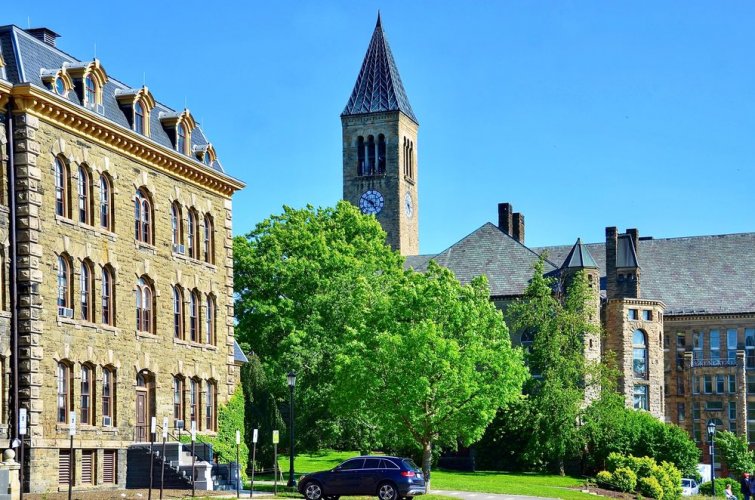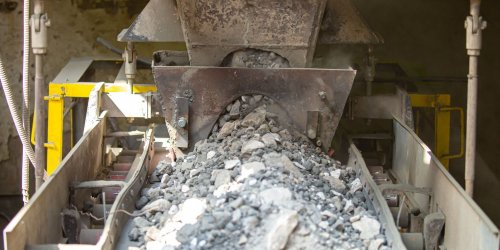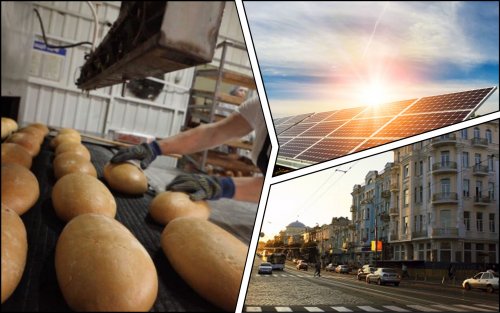As part of the Green Proving Ground program, the US General Services Administration (GSA) has selected six technologies that can help the government achieve zero emissions from federal buildings by 2045
President Biden's administration has also set ambitious targets for energy and carbon emissions, including the use of 100% clean energy by 2030 and the purchase of non-gas vehicles by 2035, informs Fast Company.
The federal government has 300,000 buildings and a fleet of 600,000 cars and trucks. One third of these buildings are historic buildings that are inefficient by today's standards.
As part of the program, GSA will use some buildings to evaluate the effectiveness of selected technologies to reduce the federal government's impact on the environment, including the use of transparent film that increases the thermal efficiency of windows, tracking system that allows photovoltaic panels to follow the sun, heat pumps that use captured CO2. New technologies are a variety of innovative improvements that can be scaled up to hundreds of thousands of homes.
Launched in 2015, the GPG program evaluated dozens of technologies in federal buildings, including water storage devices, more efficient heating and air conditioning systems, and advanced lighting control systems. By testing these technologies in several buildings and implementing them in more than 500 buildings, the program has saved $16 million a year in electricity costs.
The article noted that given the Biden administration's energy and emissions goals, the need for new construction technologies and equipment is becoming even more acute.
"We need to manage things differently in the future," said Kevin Powell, director of new construction technology for the GSA Public Buildings Service.
He explained that the six technologies selected for this year's program have the potential to accelerate the energy transition that is taking place within the federal government.
One of them is a new bidirectional charging system for electric vehicles, which allows electric vehicles in the federal park to disconnect from the mains, while returning energy to the building during peak loads. In this way, they will serve as mobile batteries that can provide energy to buildings when their purchase from the grid has a high cost or high carbon emissions. This technology from Fermata Energy (Virginia) has already been adopted by some small electric companies.
Another technology chosen for testing is a film that can be glued to old single-glazed windows so that they can better reduce heat transfer in the summer months and cold penetration in the winter. The development of 3M and NGS is based on a material that reduces energy costs by 25%. Powell says reducing energy costs for inefficient windows and other elements of a building's appearance is one of the greatest opportunities to improve federal buildings.
Heat pumps are also covered by the GPG program. Because they capture and reuse heat energy, they are much more efficient for heating and cooling buildings than traditional systems, and are increasingly used in residential buildings. The heat pump selected for the program was developed by Dalrada Corp. (California) uses CO2 as a refrigerant that was previously only available on an industrial scale. It can create temperatures from -30 to 121 degrees Celsius, using much less energy than conventional systems.
Powell noted that if heat pumps perform their functions, the technology will change the "game".
Part of the Green Proving Ground program is to expand these new technologies and the American companies that developed them, because if they can work in federal offices and historic buildings, they can work anywhere.
We will remind, US to spend $3.2 billion for energy efficiency houses.
As EcoPoliticа reported earlier, the tallest in the city will be built in New York a skyscraper that will run on water energy.





